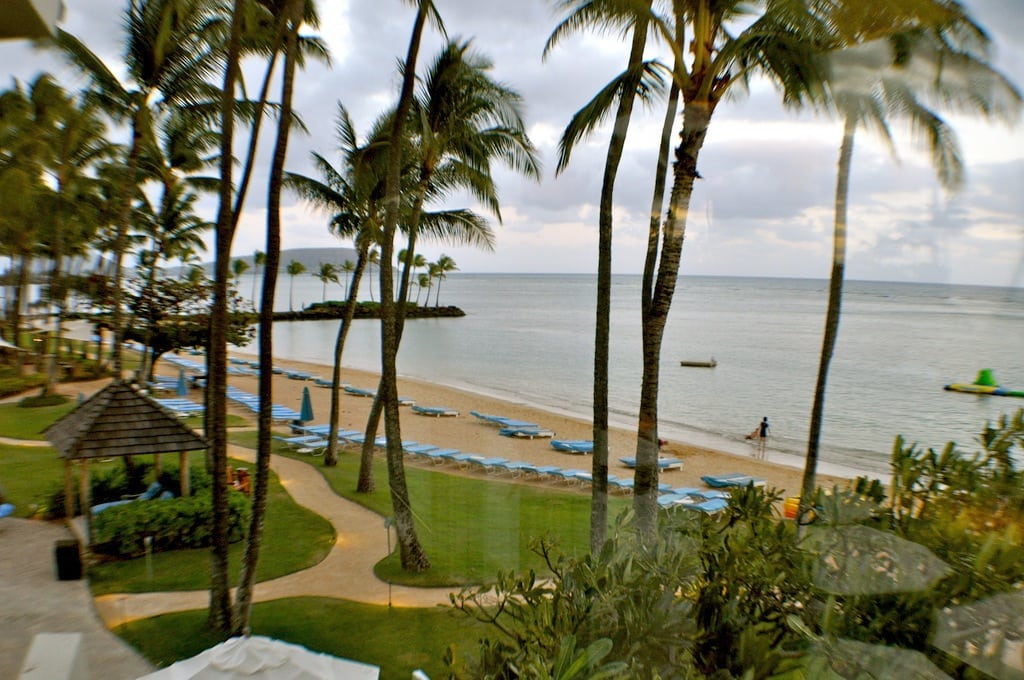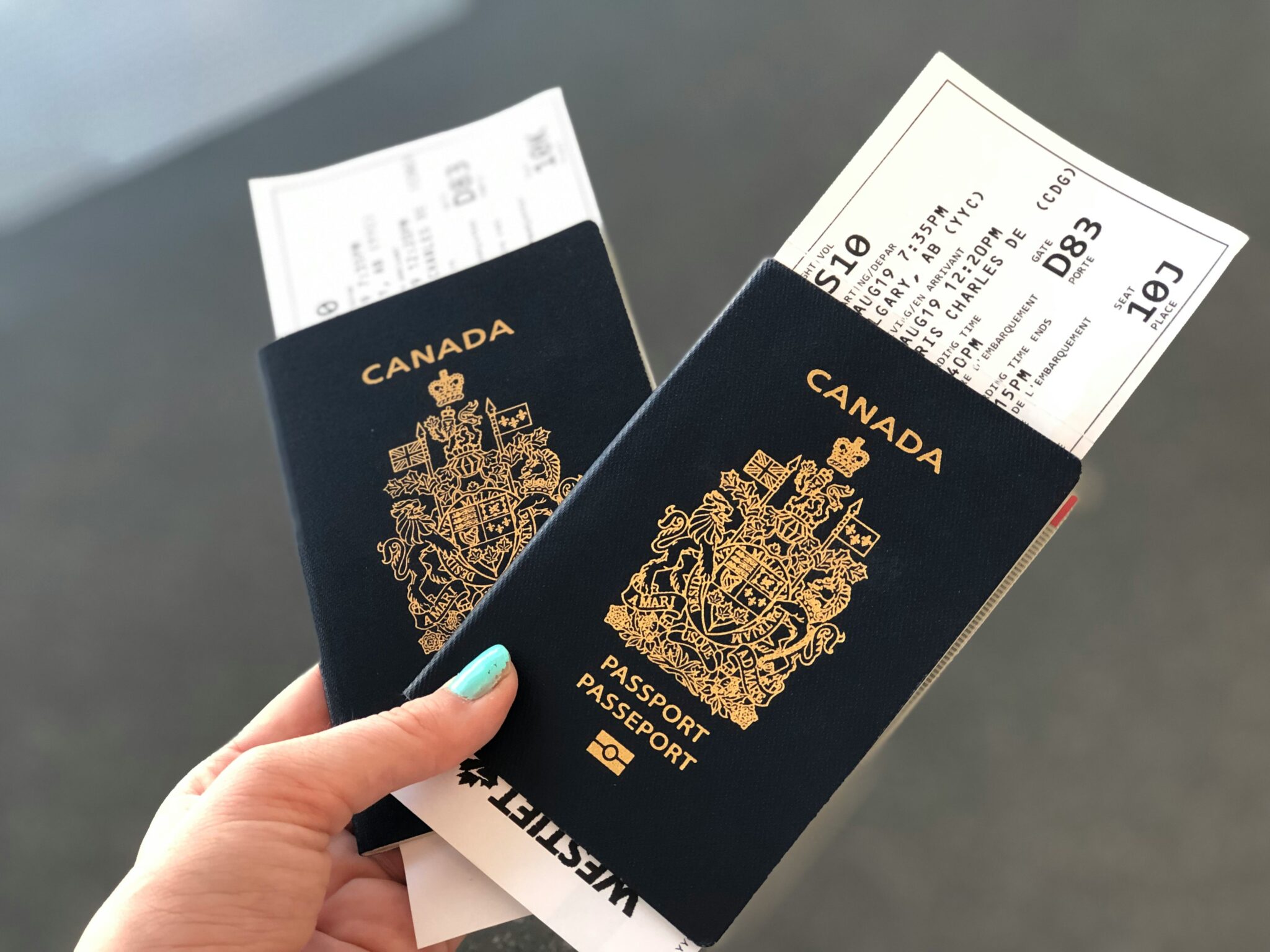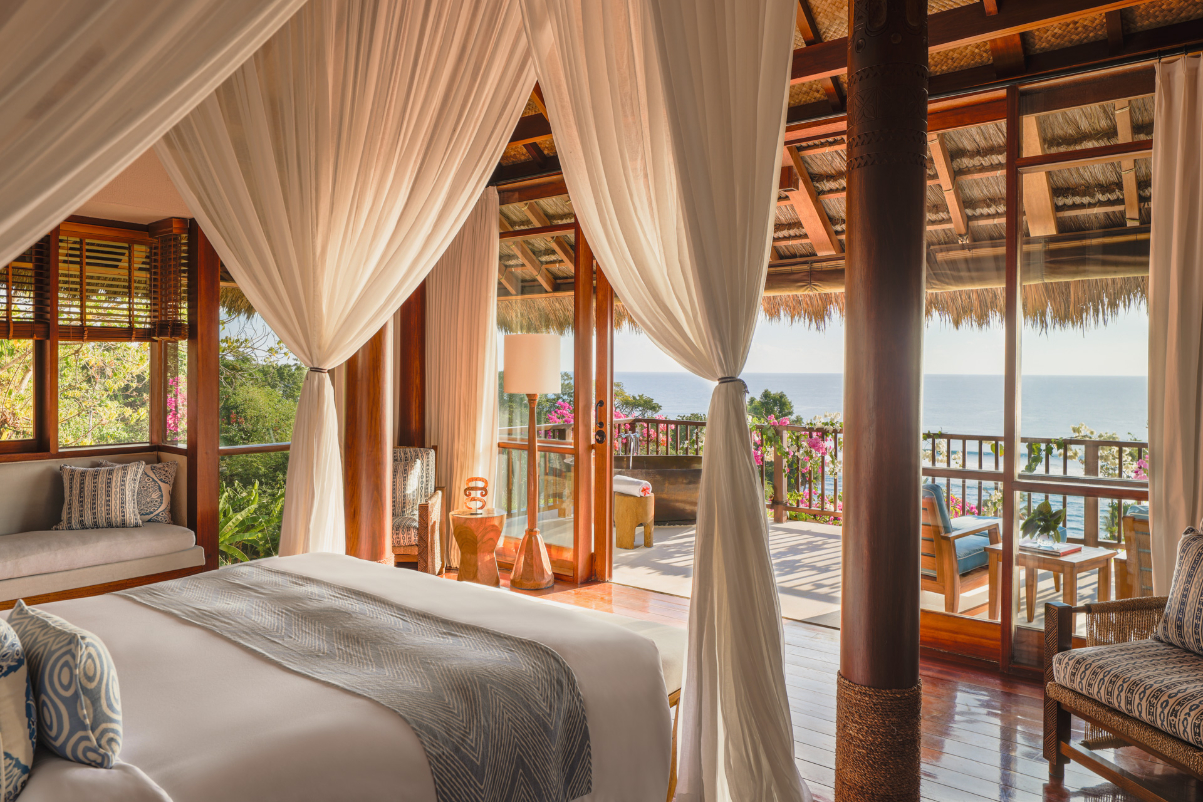Hawaii tourism growth leading to crisis in hotel capacity

Skift Take
Will and Kim Parsons of Canberra, Australia, had to sort through a bevy of brightly hued umbrellas on Tuesday to find a free spot on Kuhio Beach.
The couple, who added a stay in Hawaii to get some rest after a Las Vegas jaunt, said they were surprised by Waikiki's crowded conditions.
"It's been constantly busy," Kim Parsons said.
The Hawai'i Tourism Authority said last week that it expects visitor spending will hit $15.8 billion this year when 500,000 more visitors arrive than did last year, bringing total arrivals to 8.5 million. The new forecast is a benchmark that some, including economist Paul Brewbaker, warn puts the state at risk of filling its hotel rooms to capacity and constraining future tourism growth.
"The party's already over, you just don't know it," said Brewbaker, who as principal of TZ Economics has been sparking controversy at recent economic forums.
Brewbaker theorizes Hawaii's tourism industry is running out of headroom and that state tourism expansion will slow unless accommodations are added to the pipeline. Brewbaker's arguments contradict the state's sustainable tourism policies of the past two decades, which emphasized growing tourism by growing spending instead of by adding more visitors.
"The assumption people will come here and we'll take more of their money hasn't happened for 20 years," Brewbaker said.
When adjusted for inflation, tourist spending is declining. Last year's $14.3 billion in visitor spending brought less money to the state than tourism did in 1989, when $17 billion marked the peak of adjusted spending, Brewbaker said.
All the congratulatory back-slapping done in celebration of last year's record numbers may prove to be hollow, Brewbaker said.
"The emperor has no clothes. That's what the 2012 celebration means," Brewbaker said. "Any reasonable view of economic growth would not be supported by the state's sustainable tourism strategy."
Without more building, Brewbaker said, it's hard for tourism to grow. Public sentiment and development policies limited the number of hotel, condotel and time-share rooms in Hawaii to about 73,000 from 1992 to 2007, he said. Only 6,225 visitor units were added from 2000 to 2011, according to Hospitality Advisors LLC.
If Hawaii's sustainable tourism policy continues, Brewbaker said, it could dampen arrivals growth, a portion of tourism that's growing. Packed rooms also could cause rates to surge, diverting visitor spending to accommodations at the expense of other businesses that serve tourists, he added.
"At some point, the people will say I'm buying that one over there (a destination other than Hawaii). Over time, this leads to reputation effects," Brewbaker said. "Then we stop (growing) in 2015. We never get any more people than we are getting and it's forever."
Although higher prices didn't deter Emma Brokate of Newcastle, Australia, from coming to Waikiki, she did modify her travel plans.
"When we visited Oahu last October, we stayed at (Trump International Hotel Waikiki Beach)," Brokate said. "This time it was an extra $2,000 over seven nights so we went to Outrigger Waikiki."
Brewbaker argues adding capacity in urban areas from Waikiki to downtown would alleviate some of Oahu's price pressure and give the industry elbow room.
Capacity is becoming an issue for some businesses, such as Hawaiian Airlines.
"We hear from travel agents that there is softness in demand for some of our routes due to a lack of hotel capacity in Oahu. Japan is an example," said Hawaiian spokeswoman Ann Botticelli. "As we look at selling airplane trips to Hawaii in additional markets, we are acutely aware that hotel capacity and room mix are critical issues to be addressed."
Hospitality Advisors LLC has forecast statewide hotel occupancy could rise to 80 percent this year, high for an industry that aims to keep occupancies between 78 percent and 85 percent, which for all practical purposes is a full house.
Jack Richards, president and CEO of Hawaii's largest travel wholesaler, Pleasant Holidays LLC, said international demand is taking Oahu hotel rooms from U.S. travelers and driving rates up.
Richards said some customers have booked the neighbor islands; however, others are eyeing the Caribbean or Mexico, which has the company's highest growth rate.
He agrees with Brewbaker that more hotel rooms are needed, especially on Oahu. "We've needed it since 2012," Richards said.
But Brewbaker hasn't convinced all tourism-watchers and industry members.
"I don't agree with Paul that we are oversold, or will be oversold," said Jerry Gibson, area vice president of Hilton Hawaii. "We've had some minor occupancy creeps, but we aren't close to capacity."
Gibson said hoteliers can manage occupancy by raising rates when the market is tight and by selling special packages to stimulate demand during so-called "shoulder seasons," when demand is lower. Neighbor island occupancies still have room to grow, he added.
Carl Bonham, executive director of the University of Hawaii Economic Research Organization, also takes exception to Brewbaker's theory. The shrinking of real tourism dollars occurs naturally in mature destinations and it's hard to separate the impact of capacity constraints from real shocks, Bonham said.
"You can't tell why we didn't build rooms more rapidly," he said. "You can argue that we didn't see the visitor growth in the 1990s because we didn't build rooms or say it was because of Hurricane Iniki, the bubble, the military slowdown or California's economy."
David Uchiyama, HTA vice president of brand management, doesn't dispute 8.5 million visitors as the state's theoretical carrying capacity. But on any given day, real capacity changes, he said. How many visitors Hawaii can support depends on where they come from, how long they stay and which island they visit. It also matters if visitors stayed with friends and family, in a hotel, time share, condominium or a legal or off-the-books rental.
"We actually have growth potential beyond (8.5 million) if you factor in the potential of the cruise lines, which is an area that we are working on now and hope to affect more in the coming year," Uchiyama said.
Current visitor units also can be optimized by improving distribution to the neighbor islands, where there is room for growth, he said. Reopening an international port of entry in Kona also would improve capacity, Uchiyama added.
Not everyone agrees that capacity should be expanded.
Donna Wong, executive director of Hawaii's Thousand Friends, said the state needs to look first at tourism's impacts on quality of life for residents, who are vastly outnumbered by visitors.
"When is enough enough? We have about a million locals spread across all islands and 8.5 million visitors," said Wong, whose nonprofit advocates for responsible growth."They outnumber us by 7.5 million. How is that balanced?"
Wong isn't convinced HTA's plan to alleviate Oahu saturation by moving visitors to the neighbor islands is good for Hawaii.
"They've given no thought to whether other islands can hold it or want it," she said.
Wong points to Hanauma Bay as an example of how the state could manage its economic resources and safeguard environmental and cultural resources. When head counts threatened the bay's delicate ecosystem and coral reefs, restricting access preserved the experience.
During the last boom, lawmakers considered setting a carrying capacity. The bill was defeated because it was unenforceable unless they planned on stopping visitors from getting off planes.
"People need to get over the idea that more is worse and less is better," Brewbaker said.
Stewardship doesn't increase when there is less tourism or decrease when Hawaii has more, he said.
"Why would anyone be willing to accept our current carrying capacity," Brewbaker said. "You can't have more jobs, greater income, a bigger sewer system, better roadways and mass transit if you don't grow tourism."
CLICK TO ENLARGE. ___
![]()




